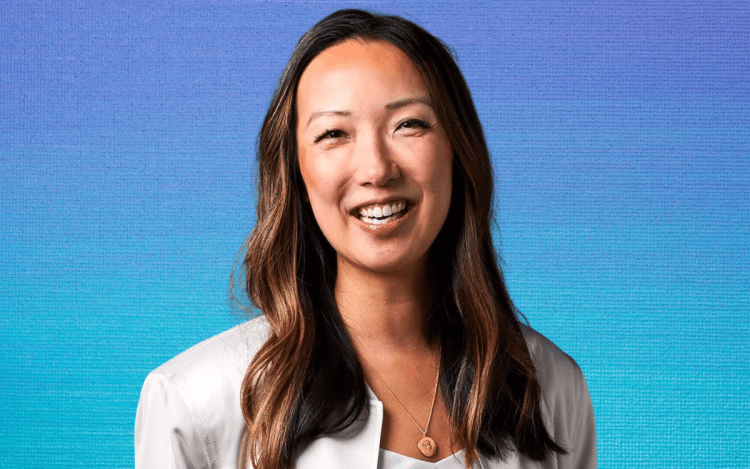Salesforce’s AI Journey: From ChatGPT to EinsteinGPT
In March 2023, Salesforce made a significant move in the field of artificial intelligence by appointing its first-ever head of AI, Clara Shih. With this appointment, Salesforce aimed to lead AI efforts across its platforms and tools, including acquisitions like Slack and Tableau. Shih, who previously ran her own startup and had experience with Salesforce, brought immense expertise to the role.
Being a part of Salesforce at an explosive moment in the AI space, Shih was recognized as one of TIME’s 100 Most Influential People in AI 2023. However, her journey into the potential of generative AI began earlier in November 2021 during a meeting with a delegation from the fashion brand Gucci. The COVID-19 pandemic created challenges for Gucci’s customer service, and they sought “high-touch, very accurate” AI solutions. Shih and Salesforce’s chief scientist, Silvio Savarese, discussed the possibilities and were introduced to large language models (LLMs), specifically Salesforce’s CodeGen.
“That was the first time I’d ever heard of [large language models] and I just remember thinking to myself, ‘this can’t be real, this is like a fairy tale, it sounds like fiction.” – Clara Shih
Despite facing rejections from reputable journals, Salesforce had been persisting with LLMs for years, and now they had the breakthrough they needed. With the launch of EinsteinGPT in March 2023, Salesforce combined their proprietary AI models with other generative AI models, including those from OpenAI. EinsteinGPT quickly became an integral part of every Salesforce cloud, Mulesoft, Tableau, and Slack, transforming the sales, service, marketing, and e-commerce experiences for users.
“People were like, how did you do that [in only] three months? Well, the secret was it was actually 15 months of work.” – Clara Shih
Serving as the first pilot customer for EinsteinGPT, Gucci experienced its transformative power firsthand. The AI coaching and assistance provided by EinsteinGPT elevated the work of Gucci’s customer service representatives, turning them into revenue producers and brand storytellers. The success of EinsteinGPT ignited a wave of interest in generative AI adoption across various companies, and Shih found herself inundated with meetings and requests.
Shih acknowledges that the field of AI is ever-evolving, with new research and developments being published regularly. To adapt and innovate, she follows Geoffrey Moore’s Zone to Win framework, which involves focusing on different horizons of innovation. For Salesforce, this meant launching Einstein GPT as the first step (Horizon 1) to provide immediate value to customers. The next level (Horizon 2) involves transforming the entire company, remaking Salesforce’s platforms and clouds to be AI-driven. Lastly, Horizon 3 emphasizes continued exploration, prototyping, and experimentation.
Through her role at Salesforce, Shih experiences the fast-paced nature of AI, resembling the startup environment she thrives in. She stays up-to-date with the latest AI research papers, using AI technologies to summarize podcasts and identify the sections she wants to explore further. In her quest for learning, she attends AI hackathons and founder dinners, engaging in discussions and exchanging ideas with fellow innovators.
“I was just at a dinner a couple nights ago—it felt like back when I started my social media marketing company in 2009 and we knew it was going to be big and we didn’t know what it was going to look like and we were just trading ideas and blowing each other’s minds.” – Clara Shih
As a leader in the AI space, Shih recognizes the constant need to adapt and explore new ideas. With her dedication and the resources at Salesforce, she aims to push the boundaries of AI and continue transforming the way businesses operate.










